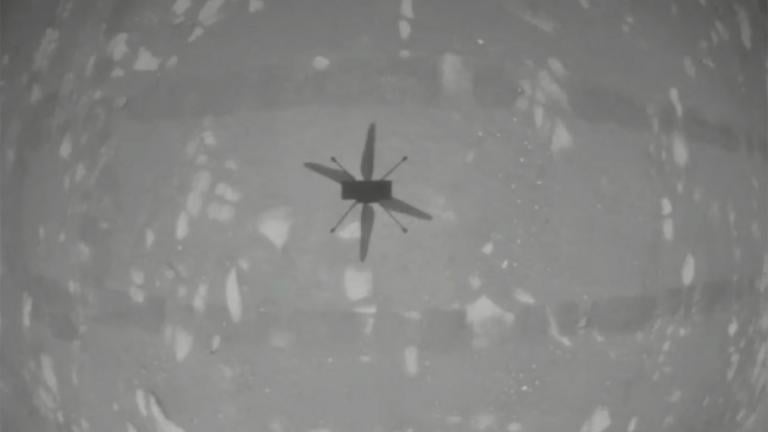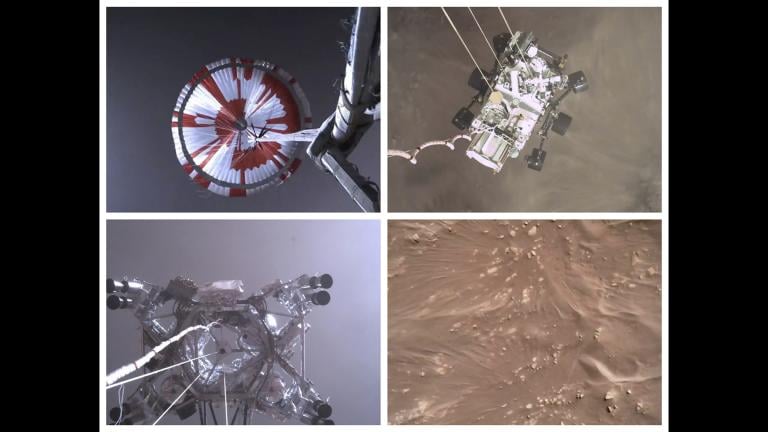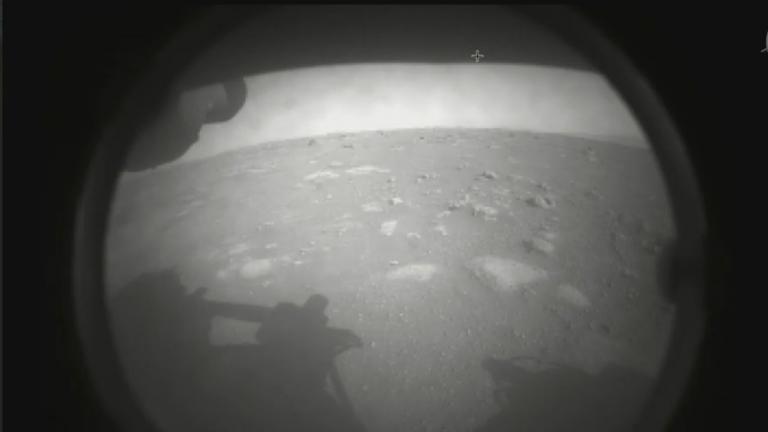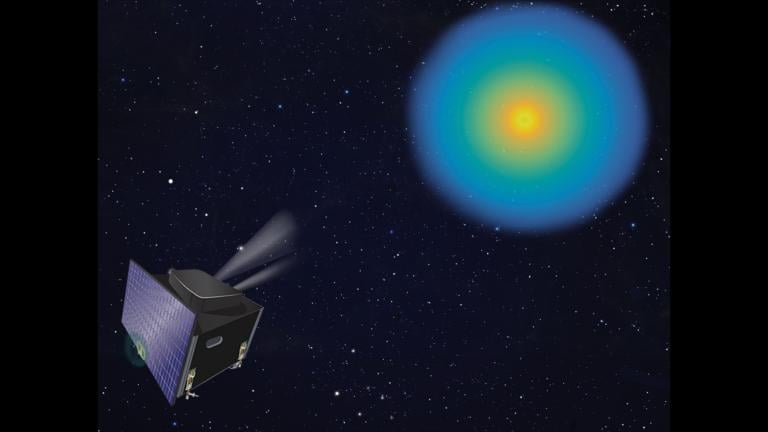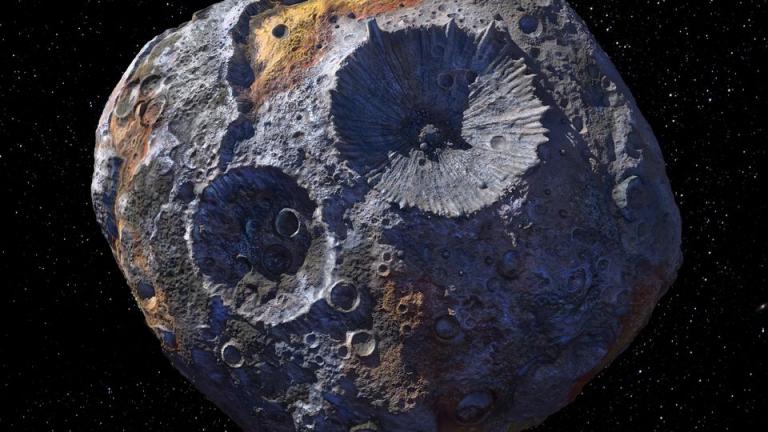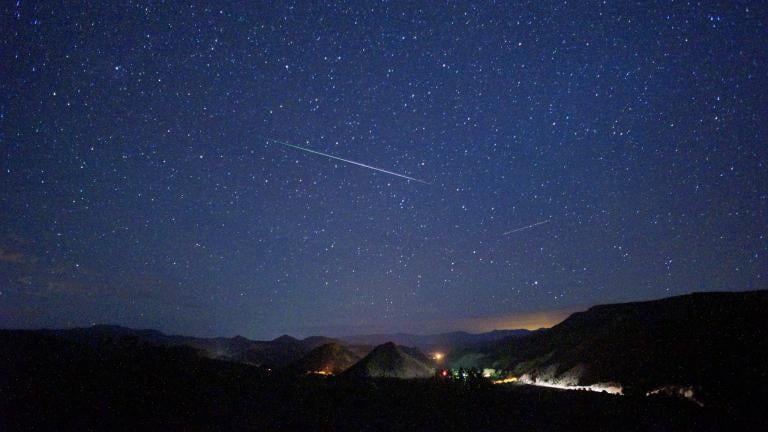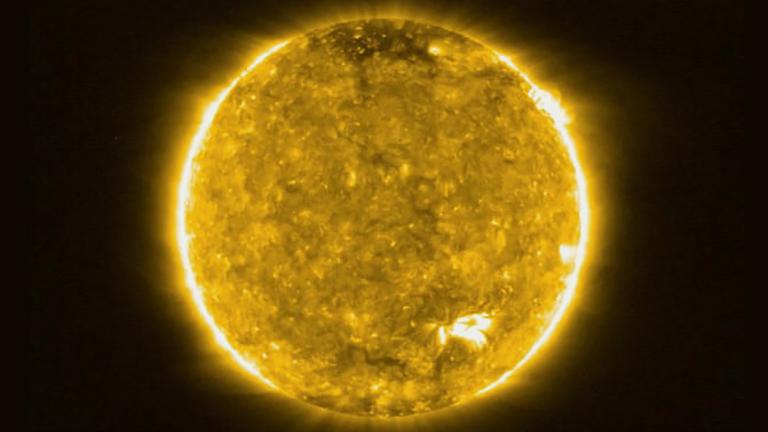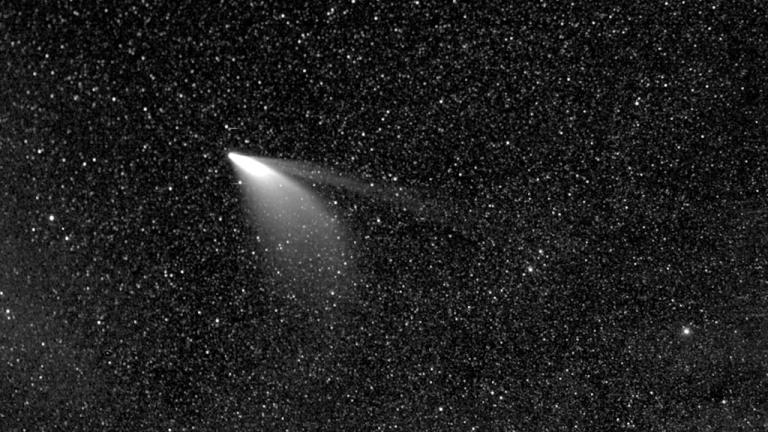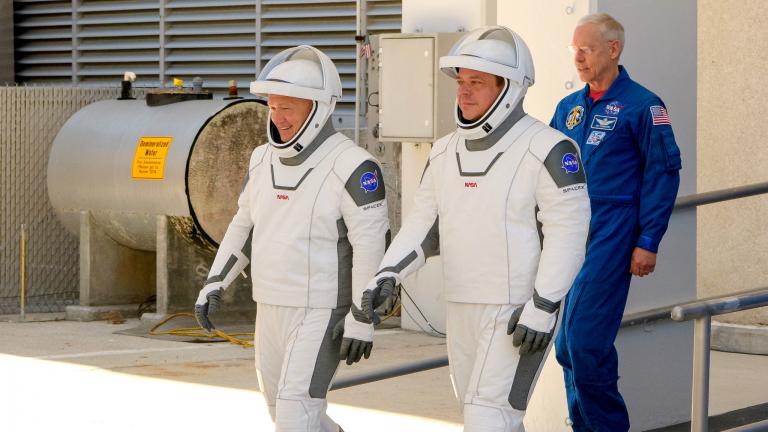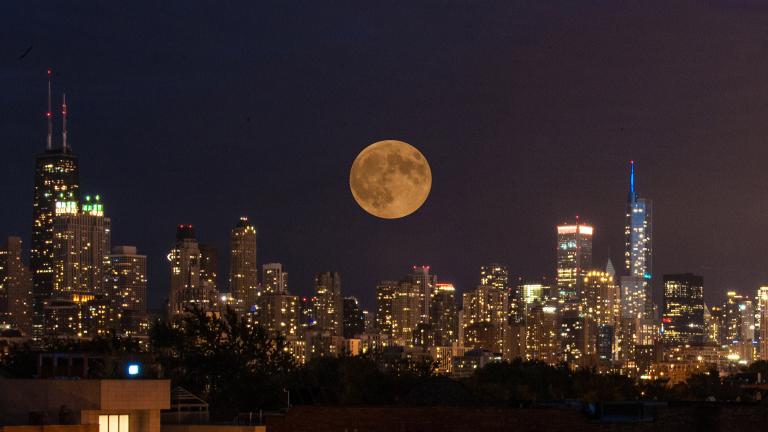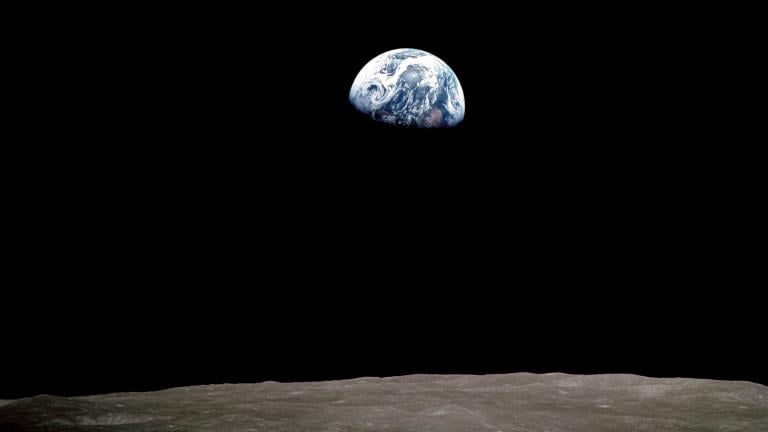NASA’s experimental helicopter Ingenuity rose into the thin air above the dusty red surface of Mars on Monday, achieving the first powered flight by an aircraft on another planet.
NASA
NASA on Monday released the first high-quality video of a spacecraft landing on Mars, a three-minute trailer showing the enormous orange and white parachute hurtling open and the red dust kicking up as rocket engines lowered the rover to the surface.
NASA’s Perseverance rover greeted its global audience on Twitter, beaming back to Earth the first image captured after touching down Thursday afternoon on Mars.
NASA prepares to land a rover on Mars designed specifically to detect signs of ancient life. Local astronomer and space exploration enthusiast Mark Hammergren tells us more about the mission.
A spacecraft designed by an Illinois researcher and professor will orbit Earth’s outermost atmospheric layer to better understand powerful bursts of radiation from the sun, also known as solar flares. Lara Waldrop tells us more.
An asteroid the size of an SUV buzzed past Earth over the weekend, coming closer to the planet than any other on record, according to NASA.
Be on the lookout for Perseids on Tuesday night and early Wednesday as the meteor shower hits its peak. Here’s how to maximize your chances of seeing these fireballs streak across the sky.
Two NASA astronauts returned to Earth on Sunday in a dramatic, retro-style splashdown, their capsule parachuting into the Gulf of Mexico to close out an unprecedented test flight by Elon Musk’s SpaceX company.
We journey to the sun’s surface and explore more from the world of science with University of Chicago paleontologist Neil Shubin.
The comet has been delighting sky gazers across the globe. Catch it now, because it won’t swing back our way for another 6,800 years.
A rocket ship built by Elon Musk’s SpaceX company thundered away from Earth with two Americans on Saturday, ushering in a new era in commercial space travel.
It’s a big day for NASA and Elon Musk’s SpaceX as they send humans into space Wednesday, the first crewed launch from American soil since 2011 and the first by a private firm.
There hasn’t been a lot to get excited about in 2020, but one bright spot has been the moon, specifically the string of supermoons we’ve enjoyed this spring.
Apollo 8 astronauts were the first to ever witness an earthrise, a view of the planet that put its fragility into perspective and helped propel the environmental movement.
Apollo 13’s astronauts never gave a thought to their mission number as they blasted off for the moon 50 years ago. Even when their oxygen tank ruptured two days later — on April 13.
Satellites show a dramatic drop in pollution over China, which scientists say can be partially attributed to quarantines and an economic slowdown due to the coronavirus outbreak.

